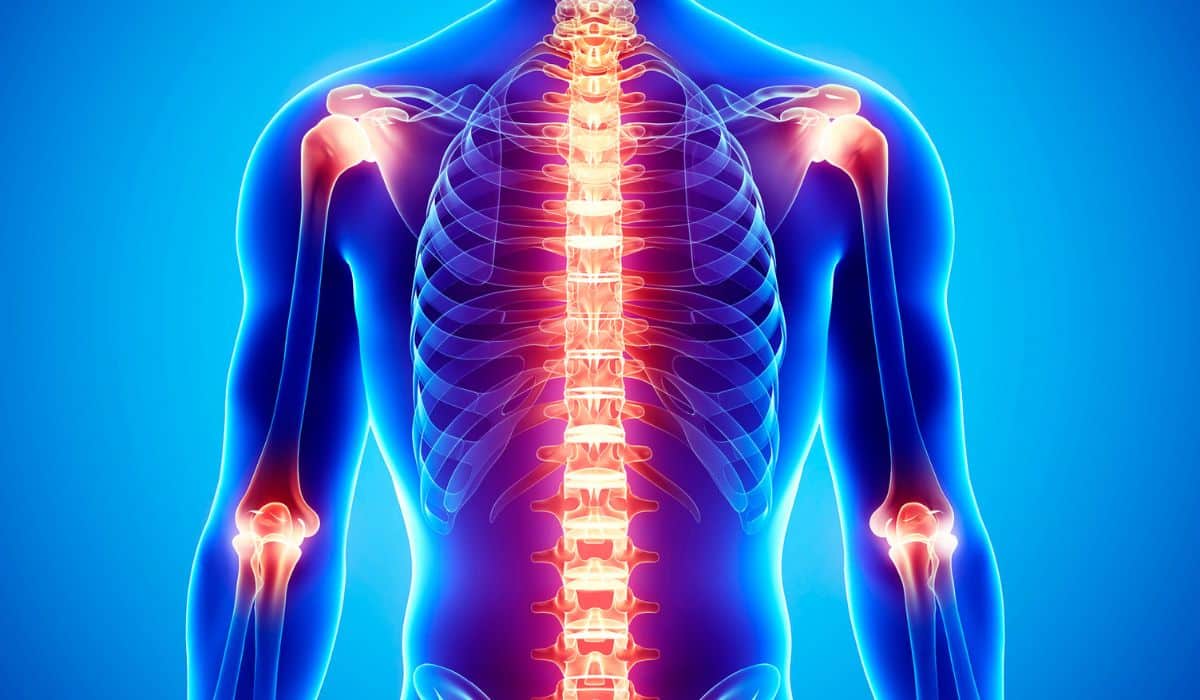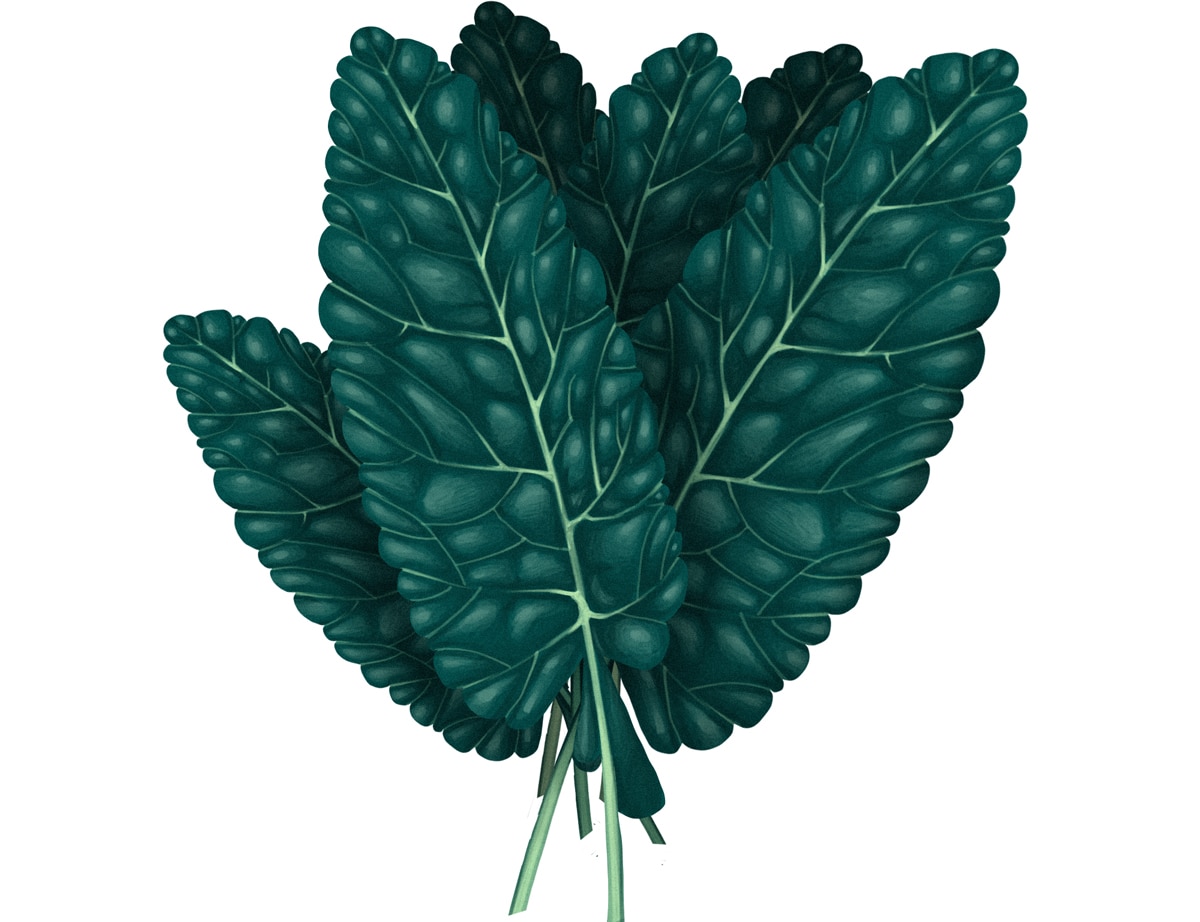
If you need a quick intro to what inflammation is and why it’s bad, check out this post, then come back.
Inflammation is a perfectly normal response to injury, but chronic, low-level inflammation is involved in all the “lifestyle diseases” (heart disease, diabetes, metabolic syndrome…) that dominate the top causes of death in the US.
Inflammation is one of those big-picture underlying issues that a Paleo-style diet is designed to tackle, but the conversation about inflammation and diet can get really confusing because it often gets dominated by a million different questions about specific foods and nutrients. (Is red meat inflammatory? What about dairy? Omega-6 fats?) It’s easy to get lost and feel overwhelmed by the huge number of things to keep track of. But carbs are one of the nutrients that a lot of people do bother to track, and even orient their entire diets around. So it’s worth considering how low-carb diets affect inflammation - is a low-carb diet really anti-inflammatory? Are there ways to make it even better?
Here’s a look at carbs and inflammation, with three big takeaways:
- Research does suggest that getting rid of sugar and carb-rich junk food is a valuable anti-inflammatory change. In that respect, if you go low-carb by cutting out junk carbs, your low-carb diet is probably also reducing inflammation.
- But there’s also an anti-inflammatory good guy in the carbosphere: fiber. (Yep, fiber is technically a type of carb, even though you can’t digest it). A few studies suggest that eating fiber- and antioxidant-rich vegetables is a great, low-effort way to reduce inflammation.
- If you’re cutting carbs to reduce blood sugar spikes and inflammation, but you’re not also paying attention to sleep and physical activity, you’re missing out on a lot of anti-inflammatory benefits that also complement a low-carb diet.
Low-carb diets work for inflammation control
Research in humans has shown that low-carb diets (not even necessarily keto, just generally low-carb plans) effectively reduce inflammation.
For example, in this study, researchers compared a low-fat diet to a low-carb diet (12% carbs). They found that both diets had some anti-inflammatory benefits, but the low-carb diet significantly outperformed the low-fat diet. This diet had similar results: a low-carb (20%) and low-fat diet both caused weight loss in people with type 2 diabetes, but only the low-carb diet reduced subclinical inflammation. So there's really evidence that this stuff works! But...
Blaming "carbs" is too simplistic
Here’s where the nuance comes in. Instead of saying “Carbs are inflammatory; avoid them,” ask “what kinds of carbs are inflammatory, and in what amounts?” Not all foods that contain any amount of carbohydrate cause giant blood sugar spikes, and some carbs do come packaged with anti-inflammatory goodies, especially fiber and antioxidants.

The low-carb diets above weren’t 0-carb, because what they did allow - and encourage - was eating vegetables. Vegetables are full of rich in fiber and anti-inflammatory antioxidant compounds. The fiber and antioxidants found in vegetables help improve gut health and strengthen the barrier between the gut and the rest of you, which prevents and protects against inflammation.
In this study, the researchers reviewed all the papers they could find on food and inflammation and came up with the “Dietary Inflammatory Index.” Their paper looks at 45 different foods (e.g., garlic) and nutrients (e.g., Omega-3 fats) that have been identified as either pro- or anti-inflammatory and ranks their inflammatory or anti-inflammatory value numerically. Their heaviest anti-inflammatory hitters included fiber, flavones (antioxidants found in brightly colored vegetables), and other plant compounds that you’d have to get either from a whole cabinet full of supplements or from eating vegetables.
In general, this research suggests that taking out refined, blood sugar spiking carbs like white bread and Coke is good, but replacing them with fiber- and antioxidant-rich vegetables is even better. (And if you’re on a diet so carb-restricted that you’re counting the carbs in zucchini and onions, spices are also a rich source of antioxidants and have almost no carbs).
Carbs, blood sugar, and inflammation: don’t ignore the role of lifestyle factors
One other thing that a lot of people overlook or ignore when they’re thinking about how to reduce blood sugar spikes is exercise. Physical exercise is an incredibly powerful “medicine” for blood sugar regulation, without the side effects of “real medicine.” And short of having enough friends, sleep is possibly the most magical thing you can do for your physical health.
Focusing on sleep and movement can take your low-carb diet from decent to transformative - or they can give you leeway to restrict carbs less and eat more vegetables while still improving your insulin sensitivity.
Sleep
Sleep deprivation causes inflammation in fat tissue, which impairs insulin sensitivity and metabolic health. This study in both men and women found that 5 nights of about 5 hours’ sleep reduced insulin sensitivity by 20%!
This study was in rats, but found that fragmented sleep causes inflammation and insulin resistance in a way that even antioxidants couldn’t completely fix. In other words, you can’t eat your way out of a bad night’s sleep.

If you’re trying to address chronic inflammation by limiting carbs in your diet, don’t ignore the role that a good night of shut-eye can play. Without getting enough sleep, any dietary efforts to reduce inflammation will be compromised at best, and when you do get enough sleep, you might see a lot more flexibility open up in terms of what you can eat without huge blood sugar issues.
Motion
And finally, exercise: it’s hard to overstate the benefits here. This review looked only at randomized clinical trials in humans - that’s when researchers take two groups of people who are the same to start with, then have one of them exercise while the people in the other group carry on as usual. These studies are more reliable than experiments in animals or test tubes, and the review looked at the results overall to get a big picture. Unsurprisingly, the exercise groups showed significant improvements in insulin sensitivity, fewer blood sugar spikes, better blood glucose control in general, and reductions in inflammation to match.
Exercise also disrupts inflammation directly in ways that don’t depend on insulin. All in all, it's just one of the best things you can do for your health, even though it doesn't burn a whole lot of calories or cause massive weight loss without diet changes to match.
In short: yes to broccoli, no to Wonderbread
A low-carb diet is a good first step towards an anti-inflammatory diet, but it’s not the whole story. Restricting refined carbs can be really helpful, but some sources of carbs, like vegetables, are actually anti-inflammatory. And if you’re restricting carbs to reduce inflammation but not paying attention to sleep and physical activity, you’re sitting on a three-legged stool with two legs missing.
Some people really do feel best on a diet very low in net carbs, but even those folks can get fiber (which doesn’t count in net carbs) from low-carb vegetables - and if your lifestyle factors are on point, you might see a lot more flexibility in your optimal carb count.





Leave a Reply